- Aditya P. Apte, Ph.D.
- Aditi Iyer, M.S.
- Eve LoCastro, M.S.
- Joseph O. Deasy, Ph.D.
| Date | Type | Description | GitHub hash |
|---|---|---|---|
| 09/30/2020 | Bug | Based SUV calculation on type of Decay correction. Used Series time for decay correction = "START". Note that Acquisition time was used irrespective of decay correction type. | a9cb4fd |
| 10/12/2020 | Bug | Fixed bug where structure segments on 1st and last row of image were not rasterized. | 95c4647 |
A Computational Environment for Radiological Research Features
Deep Learning segmentation models

CERR provides a platform to deploy deep learning segmentation models. Models can be deployed on Windows/Max/Linux operating systems via Singularity containers or Anaconda environments. CERR provides a large number of pre and post processing options to pass datasets to segmentation models. A library of models for segmenting structures useful for Radiotherapy outcomes modeling of Prostate, H&N and Lung is included.
Radiomics and Texture calculation
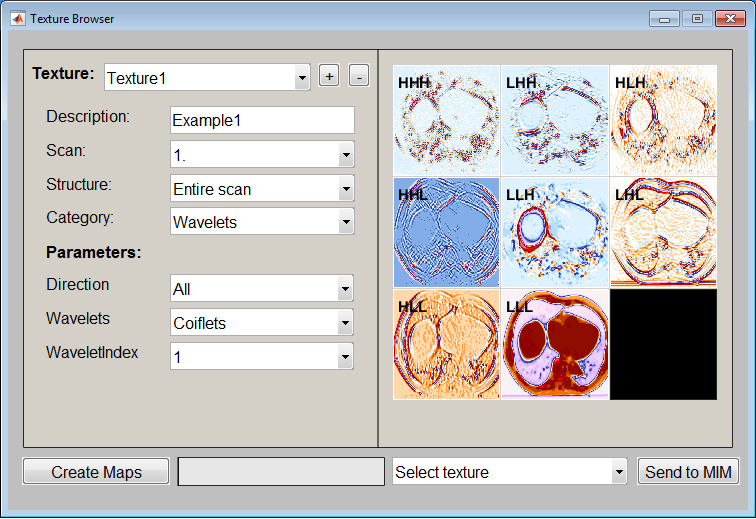
CERR's Radiomics capabilities are built keeping in mind Speed, Quality Assurance and Interfacing with Clinical Software.
Data Import
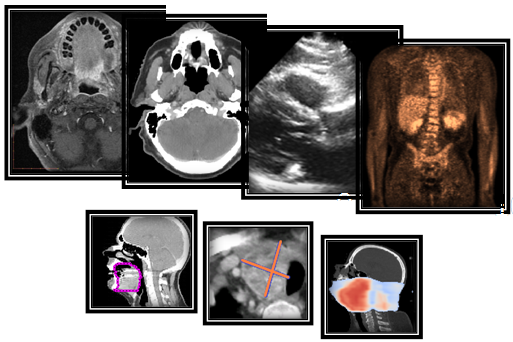
CERR can import data from a wide variety of formats such as RTOG, DICOM, MHA, NRRD. Various DICOM modalities like CT, PET, MR, US, MG, RTSTRUCT, PR, RTDOSE, RTPLAN are supported.
Contouring

CERR provides Pencil, Brush and Active-contour based thresholding tools for manual segmentations.
Outcomes Modeling

CERR provides utility functions to batch extract dose volume histogram (DVH) based features. These features can be used for modeling toxicity and tumor control.
IMRTP
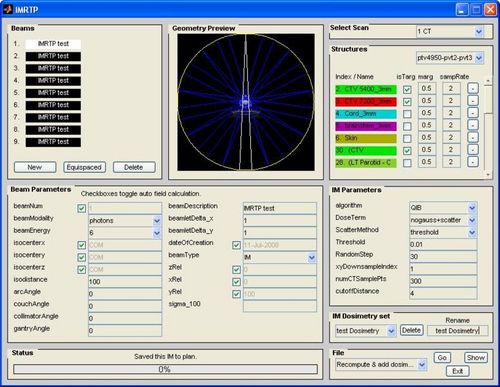
CERR provides access to the underlying RTPLAN meta-data. The dose calculation options are QIB and Monte Carlo algorithms. The influence matrix and the beamlets are accessible for IMRTP research.
ROE
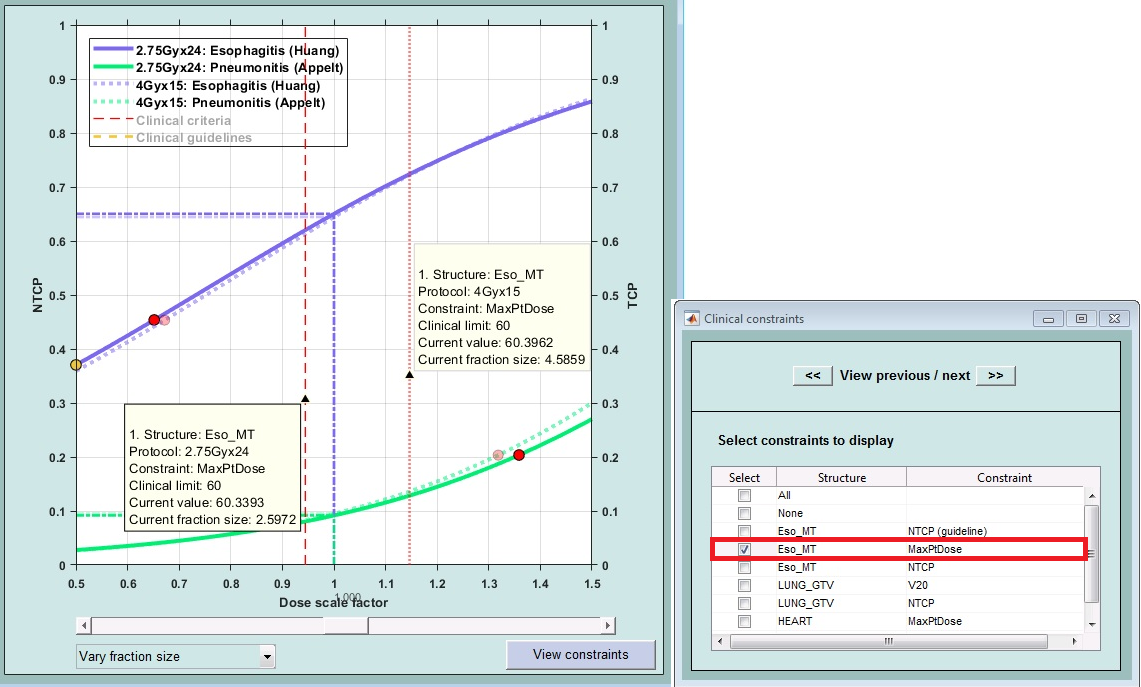
Radiotherapy Outcomes Explorer (ROE) is useful in exploring the clinical impact of scaling dose on Tumor Control Probability (TCP) and Normal Tissue Complication Probability (NTCP) in radiotherapy.
User-friendly access to RT and Radiology meta-data
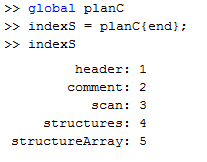
CERR provides an extensible data structure for radiotherapy and radiology objects. This makes it convenient to extract and transform the underlying data for prototyping algorithms.